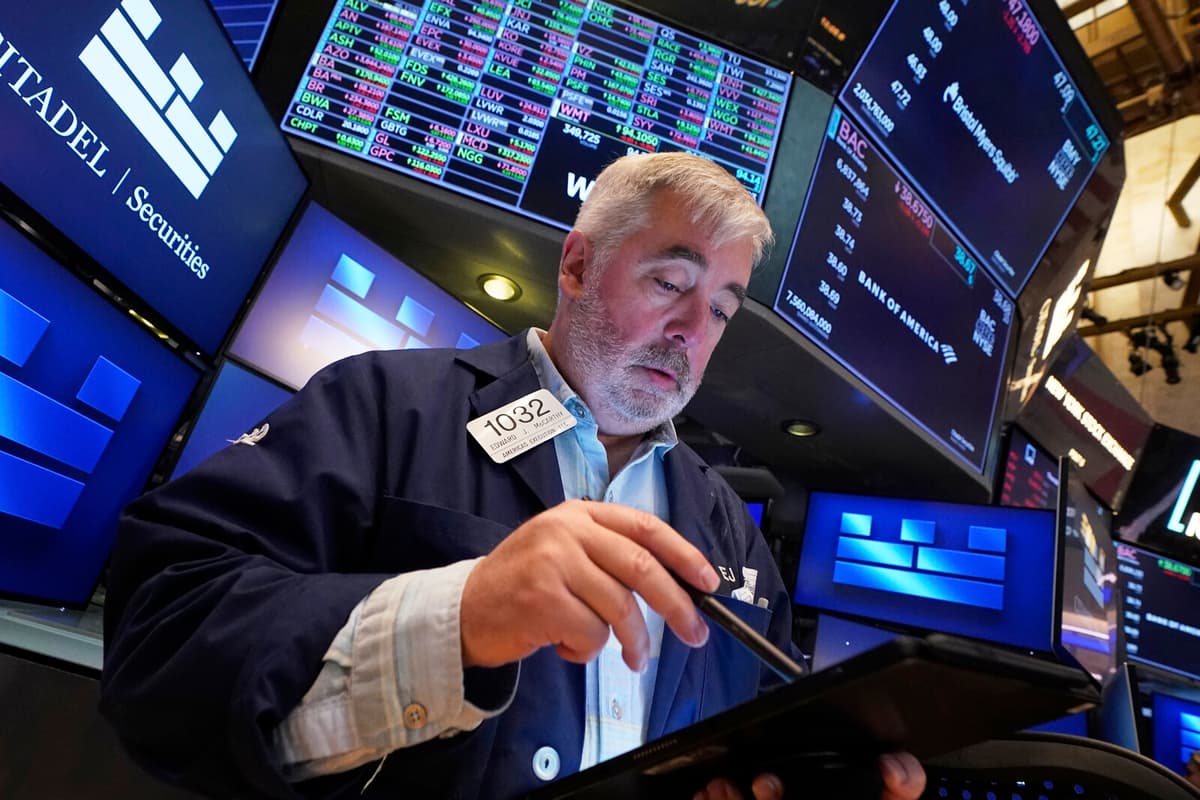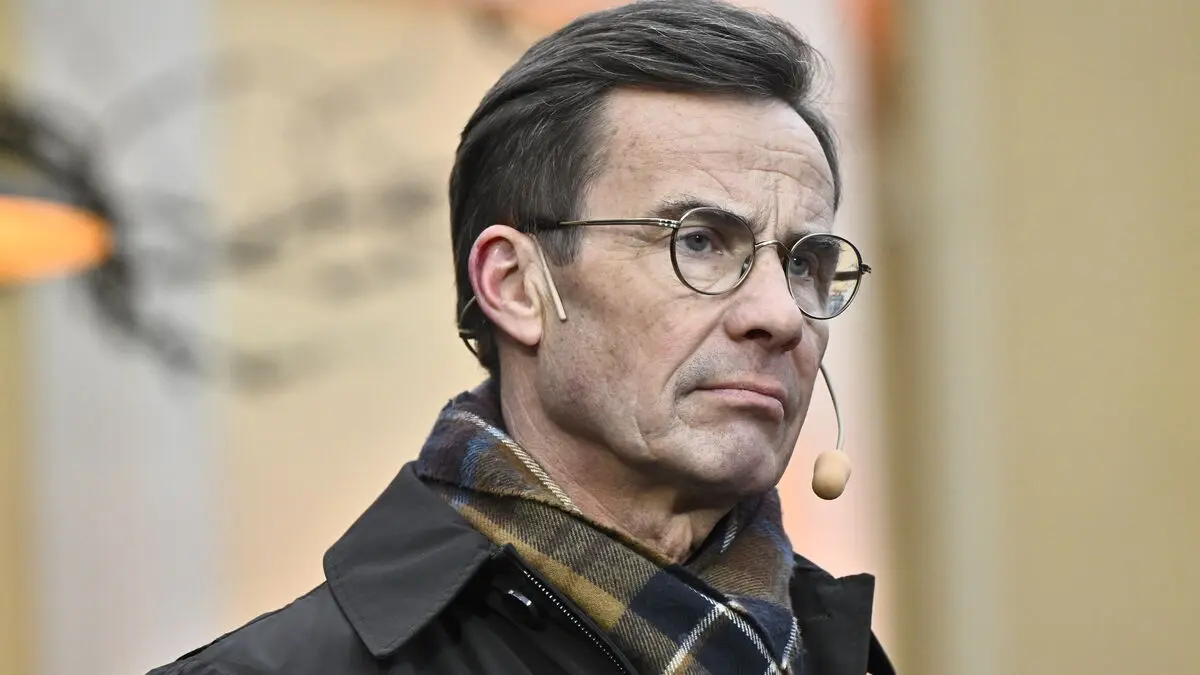The Dow Jones industrial index rose 1.2 percent, the broad S&P index 2 percent, and the technology-heavy Nasdaq composite index 2.7 percent.
Tuesday and Wednesday also saw gains on Wall Street. Political signals in Washington about a de-escalation of the trade war with China were cited as explanations for the optimism.
On Thursday, however, the old hope of a lower interest rate emerged from the ashes, following President Donald Trump's tariff announcement on April 2, which had scattered uncertainty across the markets.
The Labor Market Decides
The theory is that the tariffs will hit jobs, the dollar, and the government bond market so hard that the central bank, the Federal Reserve (Fed), will now lower interest rates faster than previously expected to rescue the economy from falling into a recession.
Christopher Waller, a member of the Fed's board, tells the news agency Bloomberg that he supports a rate cut if the tariffs affect the labor market severely enough.
Ulrike Hoffmann-Burchardi, senior analyst at the major bank UBS, also believes that the Fed – despite expressed caution – has a limit for when it will act.
We believe it will want to and be able to respond to signs of economic weakness, particularly at a rising number of layoffs, she says.
Heavyweight Tech Companies Rose
On Thursday, the very index-heavy tech companies, known as "The magnificent seven", again contributed to the rise on Wall Street.
The iPhone manufacturer Apple, e-commerce giant Amazon, Meta (Facebook), software giant Microsoft, semiconductor manufacturer Nvidia, and electric car manufacturer Tesla all rose significantly.
Google owner Alphabet rose 2.4 percent ahead of its quarterly report, which will be released after the market closes.





